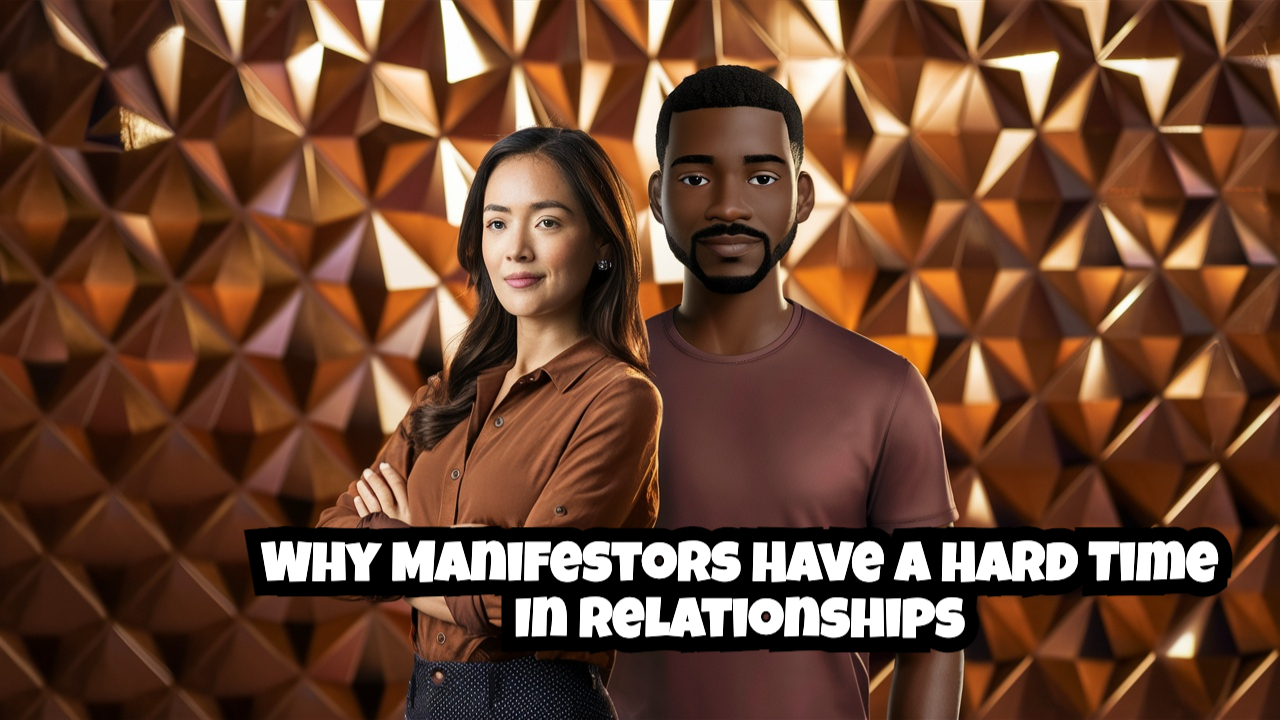The Manifestor's Relationship Challenge: Navigating a World Not Designed for You

Relationships can be a complex dance for anyone, but for manifestors, the challenges are often unique and deeply intertwined with their energetic design. In a recent episode of "Hypnosis by Design," we discussed the intricacies of manifestor relationships, drawing from a pool of 50,000 vetted manifestors in a social media group.
The insights shared reveal a landscape of common struggles, but also highlight the path to thriving connections. One of the biggest hurdles for manifestors lies in their closed, repelling aura. Unlike other energy types, a manifestor's presence can feel like a push, creating discomfort and even triggering unease in those around them. This is because manifestors are designed to initiate and impact, rather than respond.
This can lead to misunderstandings, where others may interpret the manifestor's energy as rejection or intimidation. Many of the responses to our question about the biggest relationship challenges for manifestors, revealed a pattern of blame and conditioned responses. Instead of looking inward, many manifestors reported blaming other energy types like generators, projectors, or manifesting generators for their relationship issues. This points to a need for deconditioning and taking responsibility for one's own choices and their consequences. Remember, it’s about recognizing when you're "projectile vomiting" your conditioning onto others and instead, learning to conserve energy by making conscious choices.
The Need for Space
Another crucial element for manifestors is the need for space and solitude. This isn't about rejecting others; it's about how manifestors recharge and open their energy. This need can be misunderstood by partners, who may interpret it as a lack of interest or affection. As one respondent noted, finding a partner who understands and respects this need can be a major challenge.
The conversation also touched upon the theme of relationships not as problems to be solved, but energies to be experienced. This shift in perspective is crucial for manifestors. Rather than focusing on fixing others, it's about choosing which energies you want to engage with and for how long. This perspective also extends to the need to be devoted to oneself before one can draw devotion from others.
Manifestors also reported experiencing a pattern of being “loved but not chosen”. This dynamic may be due to the fact that the manifestor's energy can bring up “deep stuff” in others that makes them uncomfortable. In other words, manifestors may be too direct, too deep, or too much, and others may prefer codependent relationships or ones that are more comfortable.
This also connects with the observation that manifestors often radiate an energy of not needing anyone. Instead, a manifester chooses those with whom they want to have profound experiences. Manifestors also tend to be very direct in their communication style, which, although appreciated by some, can be perceived as offensive or upsetting by others. Ultimately, the challenges faced by manifestors in relationships boil down to navigating a world largely designed for generators.
Manifestors, who make up less than 10% of the population, are designed to initiate, while the majority of the world waits to respond. This can lead to feelings of frustration, rejection and a tendency to suppress their true nature to fit in. Therefore, it’s crucial that manifestors learn to trust their own authority, set boundaries, and inform others of their needs. By doing so, they can embrace their unique power and find peace in a world not designed for them.
Want to dive deeper into these insights and hear more about the unique challenges manifestors face in relationships? Watch the full episode on YouTube to discover how to navigate your own journey as a manifestor and create fulfilling connections.